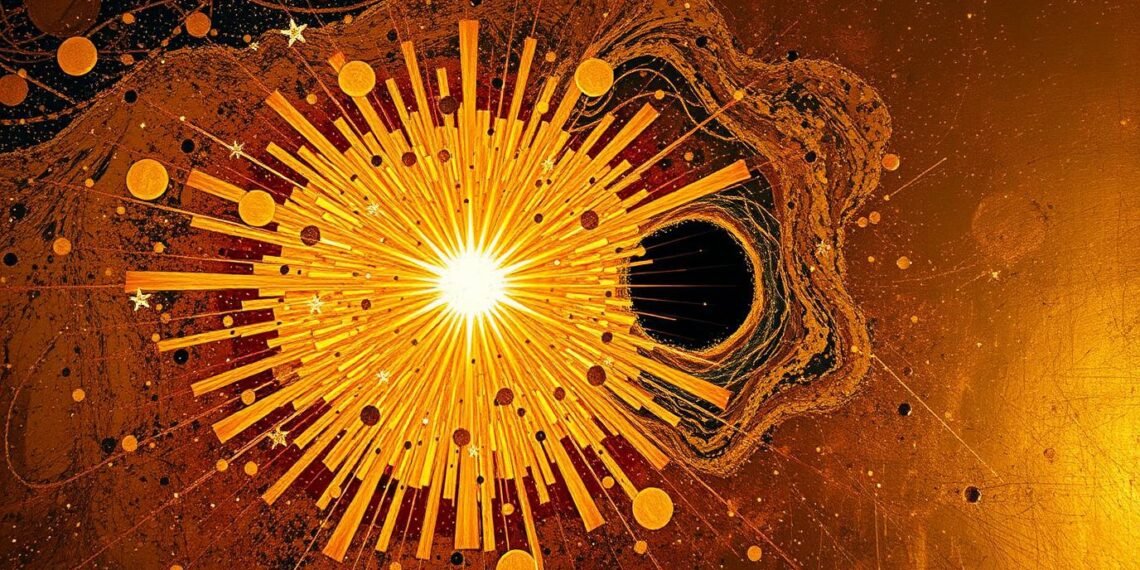A group of astronomers used an AI system created at UC Santa Cruz to spot a rare supernova named SN 2023zkd soon after it erupted. This quick identification allowed for immediate follow-up research before the event faded away. The explosion likely resulted from a massive star being disrupted or partially swallowed by a black hole prior to its explosion.
Revealed in July 2023, using a cutting-edge real-time anomaly-detection algorithm, this discovery allowed astronomers to make timely observations, crucial for understanding such explosive occurrences. Multiple telescopes, including those at Hawaiʻi’s Haleakalā Observatory, were utilized for these observations, enhancing the study of the supernova.
Ryan Foley, an associate professor of astronomy, remarked that similar supernovae are incredibly rare, highlighting the algorithm’s capability to detect anomalies more effectively than human observers in urgent research. The research team, which surveys extensive sections of the night sky every few days, has discovered many cosmic explosions, including this one shortly after it happened. Their findings, published in the Astrophysical Journal, indicate that interactions with black holes can lead to stellar explosions, supporting the idea that these close encounters trigger such occurrences.
The ainewsarticles.com article you just read is a brief synopsis; the original article can be found here: Read the Full Article…



